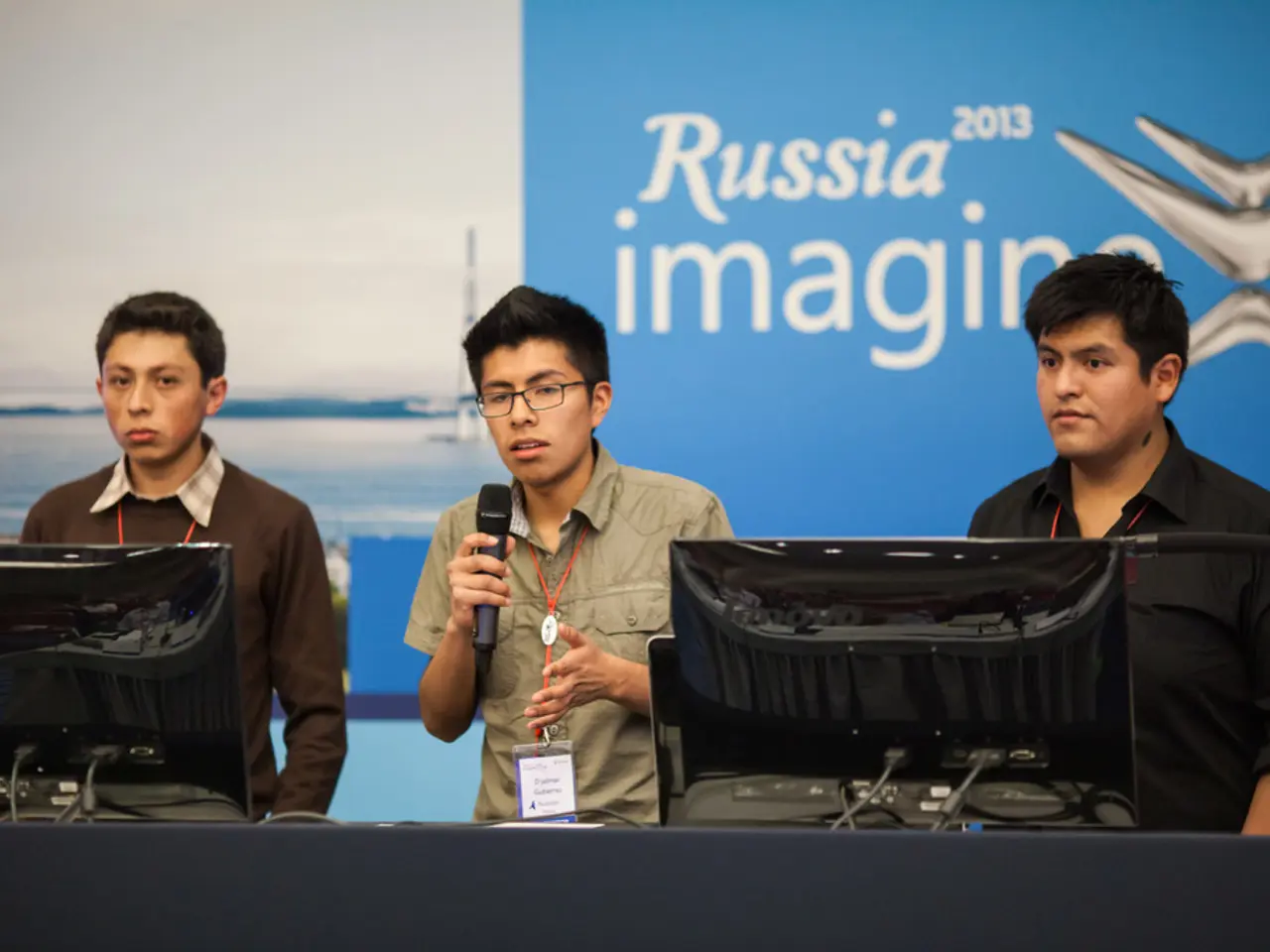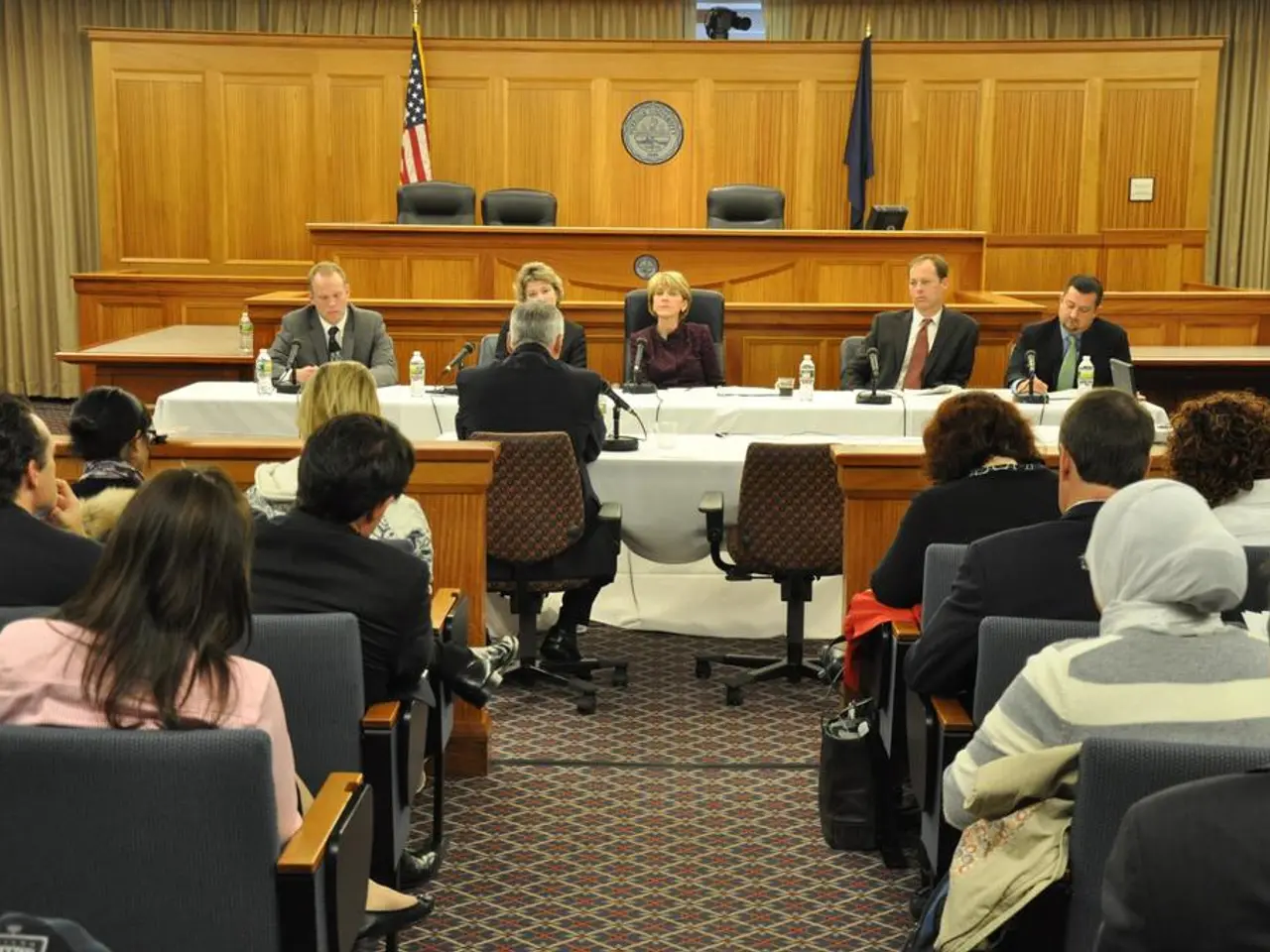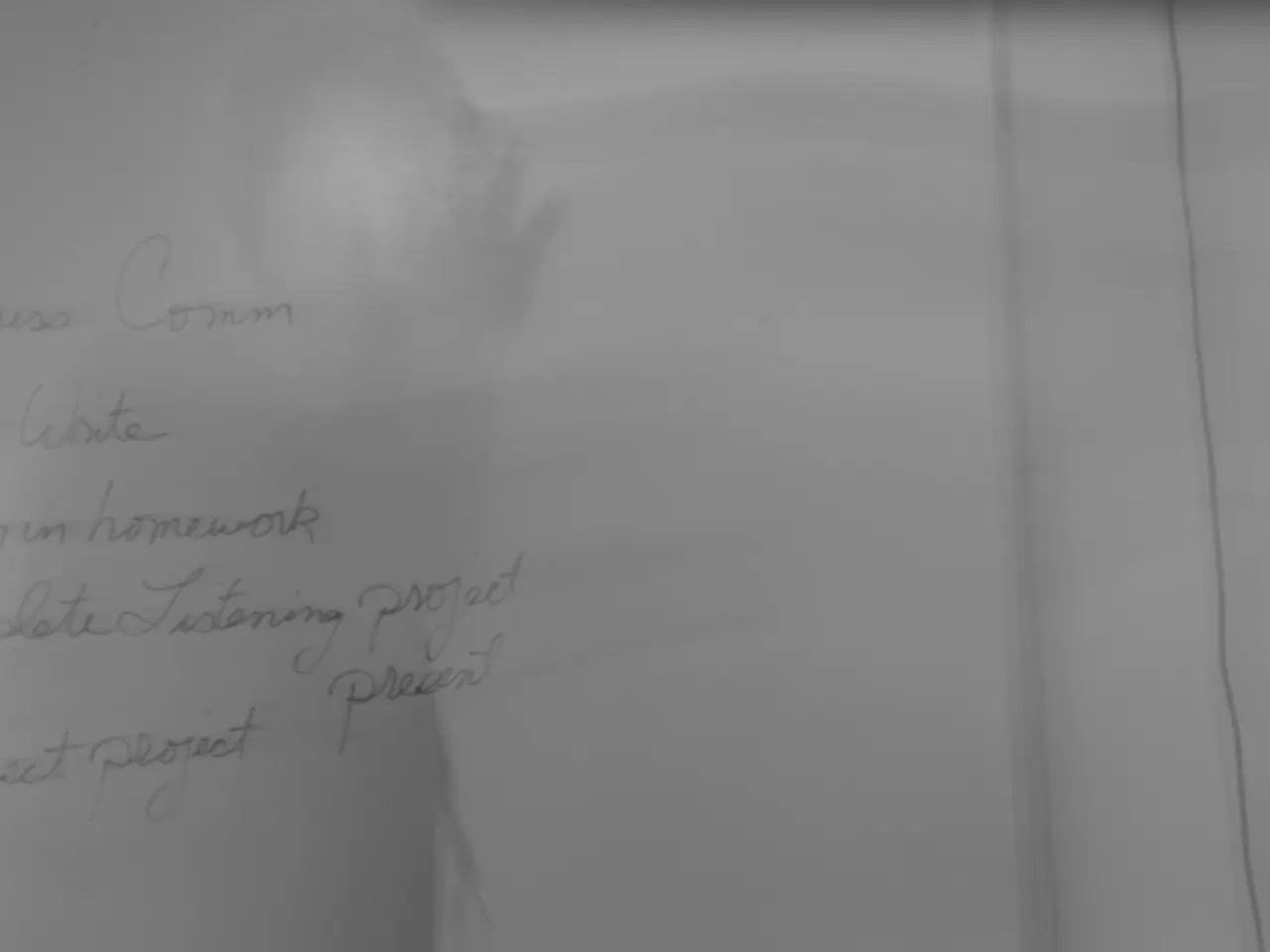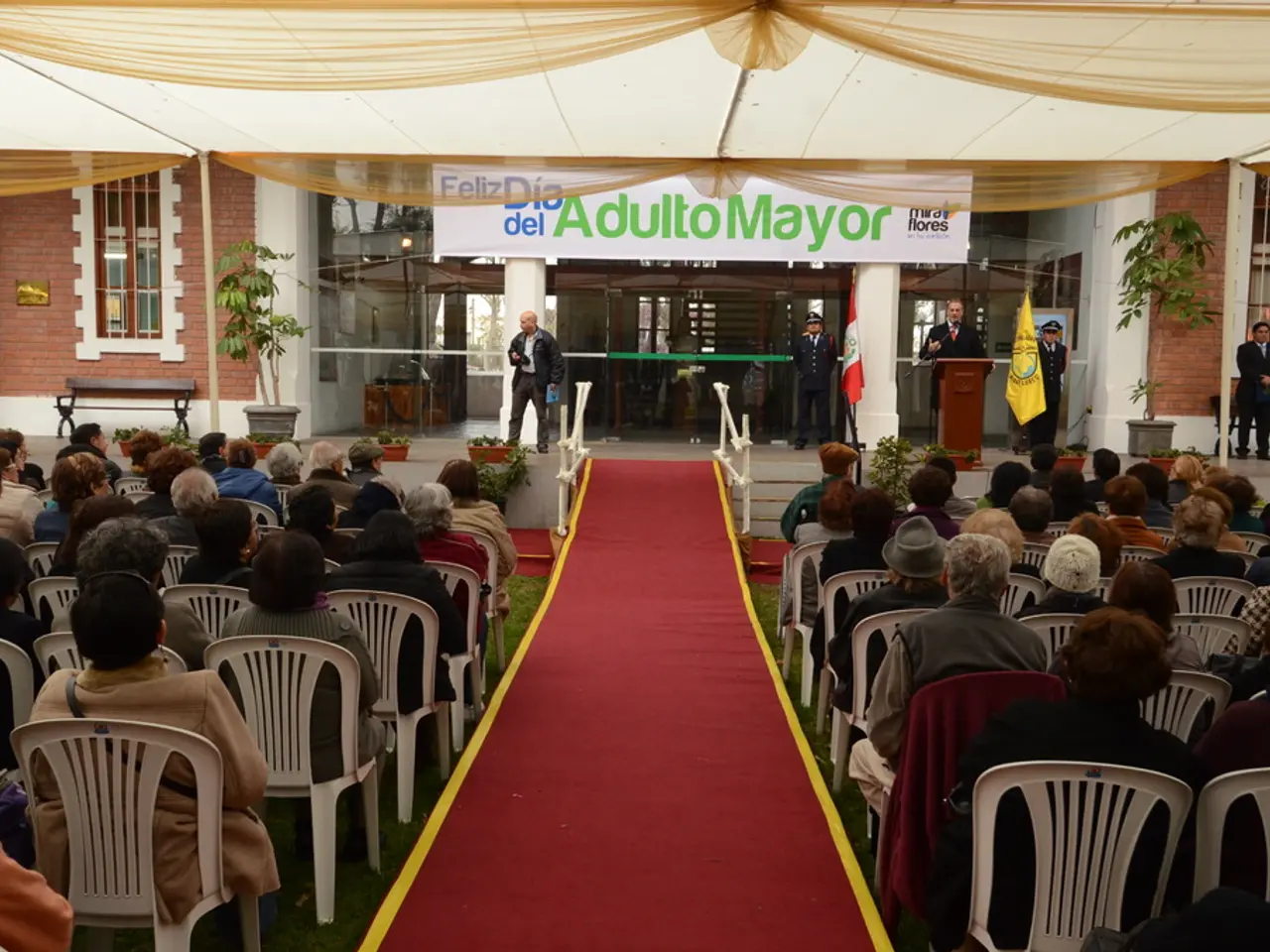Trump Amps Up Pressure on Putin - Examining His Shift in Strategy - Trump intensifies pressure on Putin - explanation of his policy shift
In a dramatic move to pressure Russia into ending its war against Ukraine, US President Donald Trump has announced a 50-day ultimatum and threatened to impose secondary tariffs of 100% on Russia and any countries continuing to do business with Moscow.
During an Oval Office meeting with NATO Secretary General Mark Rutte, Trump emphasised the deadline and the high tariff rate, signalling a hardened US stance on the ongoing conflict. The tariffs, described as "very severe", are part of a broader effort to economically isolate Russia and pressure it into ending the conflict.
The US President confirmed that the US would send advanced missiles, including the Patriot air defense system, to Ukraine as part of NATO-coordinated military support. Remarkably, the costs of these weapons are expected to be borne by NATO allies, not American taxpayers.
The secondary tariffs would specifically target any country that continues to do business with Russia, aiming to economically isolate Moscow by penalising its global trade partners as well. This represents a notable escalation in the use of economic sanctions not just on Russia but on its trading partners.
Trump's announcement marks a significant shift in his political stance on the Russian war against Ukraine. The President's recent change in tone towards Ukrainian President Zelensky, describing a recent meeting as a "very good meeting", suggests a more positive approach. However, Trump has recently accused Russian President Vladimir Putin of "bullshit" and not keeping his promises, showing a certain disillusionment.
The Russian air attacks on Ukraine have intensified, and the Kremlin chief still rejects the idea of an unconditional ceasefire proposed by Trump. Despite this, the USA and its allies have signalled their willingness to provide further assistance to Kyiv.
The Russian-Ukraine conflict has significant economic implications, with Russia's largest trading partner being China, with trade between the two nations amounting to $244 billion in 2024. Trump's threat of secondary tariffs could put pressure on major buyers like China and India.
The US has provided Ukraine with nearly $67 billion (about €57 billion) in military aid since the start of the war, according to the State Department. The weapons being provided include air defense systems of the Patriot type, and several countries, including Germany, Finland, Denmark, Sweden, Norway, England, the Netherlands, Canada, and others, are heavily involved in the deal.
This escalation in the use of economic sanctions and military aid is a clear indication of the US's determination to resolve the conflict in Ukraine and pressure Russia into ending its war. The next 50 days will be crucial in determining the course of action taken by both Russia and the US.
- The European Union, acknowledging the intensifying war-and-conflicts in Ukraine and the ongoing politics surrounding it, is encouraged to support the common foreign and security policy, which emphasizes the principle of subsidiarity, by imposing secondary tariffs on countries continuing to do business with Russia as a means of economically isolating Moscow.
- This general-news of economic sanctions and military aid from the US and its allies to Ukraine is significant, as it signals a hardened stance against the ongoing conflict and represents a notable escalation that may have far-reaching consequences for Russia's global trade partners, including its largest trading partner, China.







